Frst published, April 30, 1963. At 10 p.m. on February 13—14, 1945, the Master Bomber broadcast the cryptic order: ‘Controller to Plate-Rack Force: Come in and bomb glow of red T.I.s as planned.’ The ill-famed R.A.F. attack on Dresden had begun. The target city was among Germany’s largest, but had little military or industrial value. It was a center for the evacuation of wounded servicemen, and schools, restaurants, and public buildings had been converted into hospitals.
The authorities expected that this, a city often compared with Florence for its graceful Baroque style, would be spared. By 1945 the legend was deeply entrenched that Dresden would never be bombed. It was not to be. In February 1945 with the war’s political and military directors meeting at Yalta in the Crimea, Mr Winston Churchill urgently needed some display of his offensive strength and of his willingness to assist the Russians in their drive westwards. Dresden just seven miles behind the eastern Front, became the victim of Mr Churchill’s desire for a spectacular ‘shattering blow’. As things turned out this, the most crushing air-raid of the war, was not delivered until the Yalta conference ended.
La città era indifesa, persino la forza di caccia notturna locale della Luftwaffe era a terra. Non c'erano rifugi antiaerei adeguati. Dresda ospitava centinaia di migliaia di rifugiati dalla Slesia, dalla Prussia orientale e dalla Germania occidentale, oltre alla sua popolazione di 630.000 persone. Fino a centomila persone, forse di più, furono uccise in due o tre ore, bruciate vive quella notte. Eppure, fino alla prima edizione di questo libro, apparsa nel 1963, il raid non figurava quasi mai nelle storie di guerra degli Alleati. Un velo era stato steso su questa tragedia.
Punto dal disgusto straniero per questo nuovo massacro di San Valentino, il primo ministro britannico, che lo aveva ordinato, scrisse un verbale arrabbiato al suo capo di stato maggiore, prima ancora che la guerra finisse, gracchiando che "la distruzione di Dresda rimane un serio interrogativo contro la condotta dei bombardamenti alleati". È da questo verbale notevolmente smemorato che è tratto il sottotitolo. Per la prima volta, viene raccontata la storia completa, senza tralasciare nulla, del contesto storico di questo colpo crudele e delle sue inaspettate conseguenze politiche.
320 pagine
Special Collector’s editon. With original colour photographs, hardback.


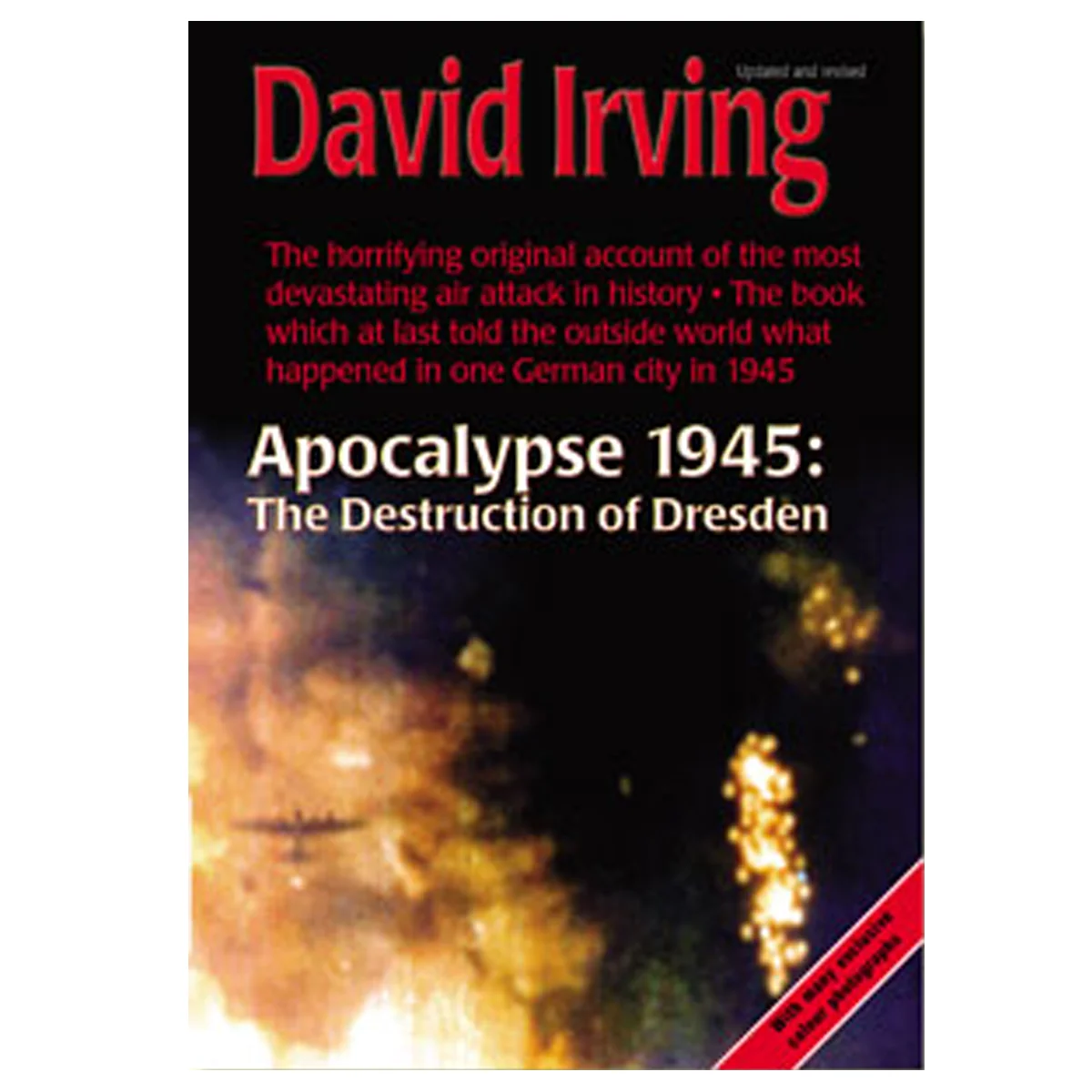


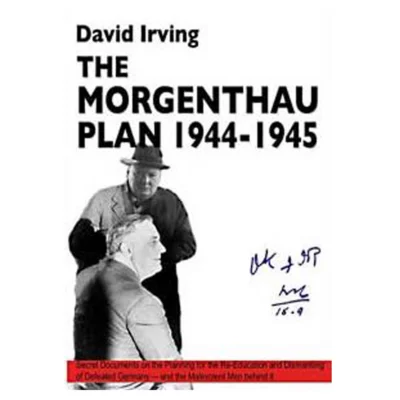



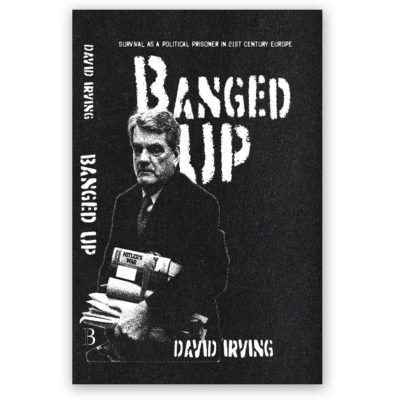
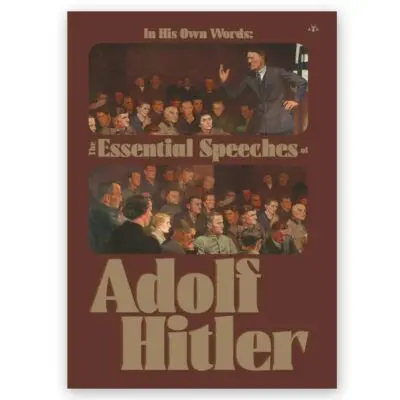
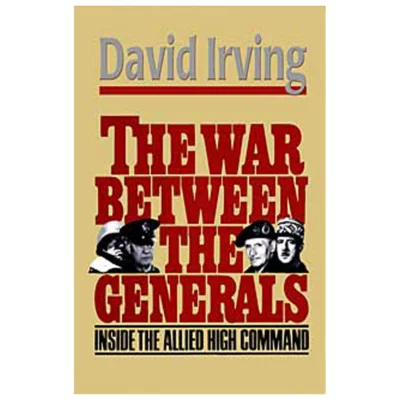

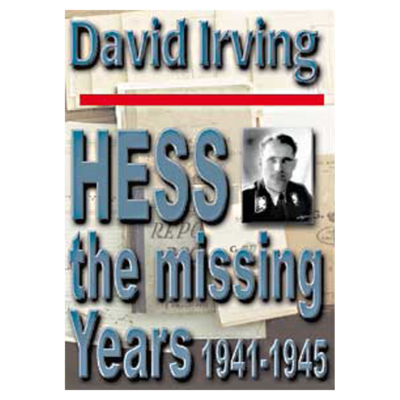


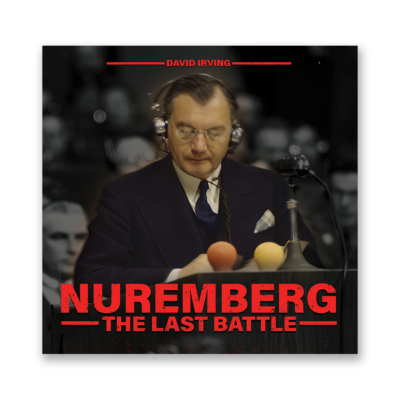

Recensioni
Ancora non ci sono recensioni.